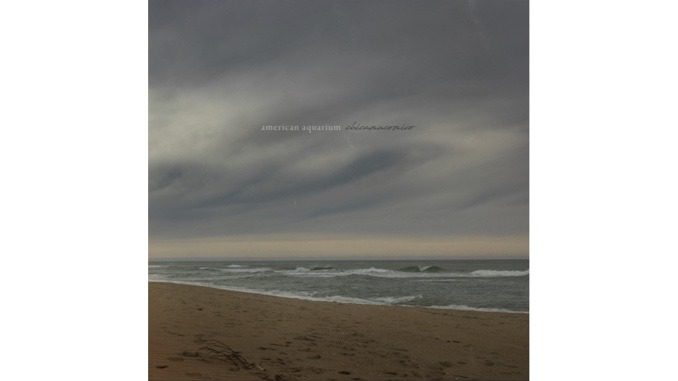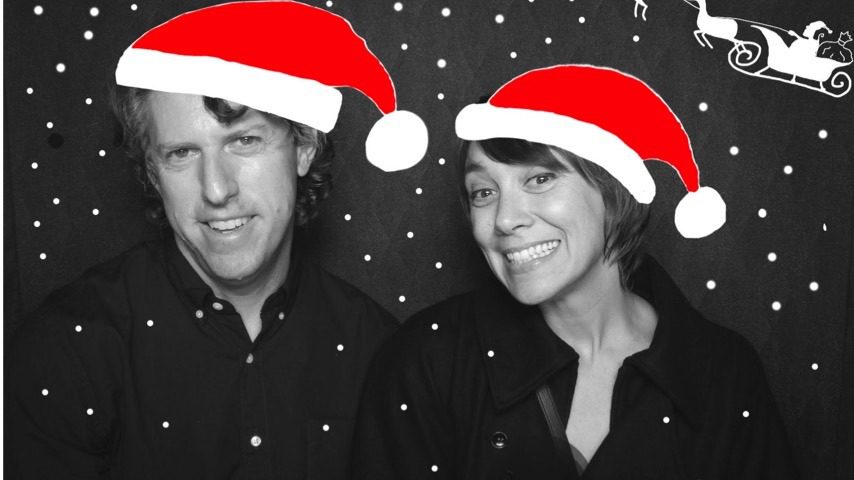To raise awareness of human rights issues and to honor the 25th anniversary of Amnesty International, an impressive roster of musicians banded together in June of 1986. Billed as “A Conspiracy Of Hope,” the tour hit six American cities and through press conferences, media events and the actual concerts, the artists directly engaged listeners on the issues of human dignity and human rights, inviting a new generation to take action to free prisoners of conscience throughout the world. The tour featured U2, Sting and Bryan Adams headlining the bill, with Peter Gabriel, Lou Reed, The Neville Brothers and Joan Baez in the supporting slots.
The final concert of the tour took place at Giants stadium before a sold-out audience of 70,000 and greatly expanded the performing lineup. This event became a 12 hour marathon running from noon until nearly midnight and would be simulcast globally on MTV and the Westwood One radio network. For this major media event, celebrities and leaders of the entertainment industry joined the musicians, appearing on camera in public service announcements and several, including Bill Graham, Darryl Hannah, Robert DeNiro, Bill Bradley, Christopher Reeve, Michael J. Fox, and Muhammed Ali all appeared on stage to announce the performers. In addition to the aforementioned headliners and support acts, for this final concert, additional performers included John Eddie with Max Weinberg, Third World, The Hooters, Peter Paul & Mary, Little Steven with Bob Geldof, Stanley Jordan, Joan Armatrading, Jackson Browne, Rubén Blades, Yoko Ono, Howard Jones, Miles Davis, and Joni Mitchell. Carlos Santana also sat in on several sets (including The Neville Brothers, Ruben Blades and Miles Davis’ sets). The night was capped off with a highly anticipated reunion set by The Police, presented here.
For the first three dates of this tour, Sting had appeared as a solo performer, accompanied by his touring band, but for the final three nights The Police reunited to help raise the profile of these events. Since the end of the Synchronicity Tour in March of 1984, the band members had gone their separate ways. Until their Rock and Roll Hall Of Fame induction seven years later (and the reunion tour over two decades later), this final night of the “A Conspiracy Of Hope” tour would be the last time The Police appeared on stage together.
Appropriately enough, The Police kick off their set with their first number one hit in the UK, “Message In A Bottle.” Originally featured on their 1979 album, Regatta de Blanc, this high energy opener typifies The Police’s unique brand of internationally flavored pop that established their early following. With it’s lyrical imagery and gradually increasing dynamic buildup. “King Of Pain,” the second single from the Synchronicity album follows, with the massive audience singing right along.
The band’s Zenyatta Mondatta album is represented next with a sizzling performance of “Driven To Tears.” This number, with its political commentary on poverty, finds the group fully hitting their stride. Returning to material from their last album, Synchronicity, the band’s biggest hit, “Every Breath You Take” is up next. This features strong contributions from all involved, especially Stewart Copeland, a truly explosive drummer, who displays an amazing level of controlled restraint here – a major part of the song’s appeal. Often misinterpreted as a love song, this would become one of the biggest hits of 1983, despite its sinister lyric that delves into the obsession and jealousy of a stalker.
The group’s debut album Outlandos d’Amour is also represented with Sting’s ode to a man who falls in love with a prostitute, “Roxanne.” A reggae inflected tango, this becomes a festive sing-a-long with the audience. The set concludes with U2’s lead singer Bono joining The Police onstage for the second half of “Invisible Sun.” Despite the dark feel and haunting lyrics that ponder survival within impoverished war-torn countries, these musicians convey an optimistic and ultimately uplifting message. On that note, The Police would conclude their set and once again pursue individual paths. It would be another two decades before they would hit the road again.



